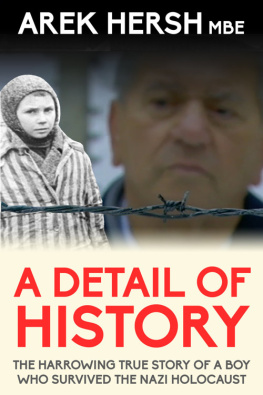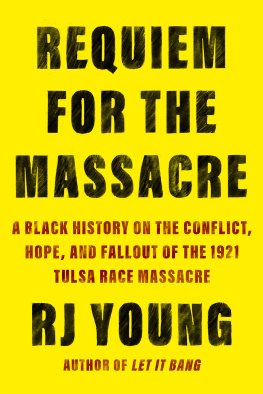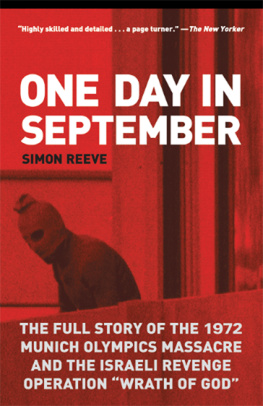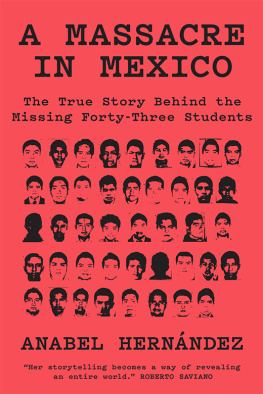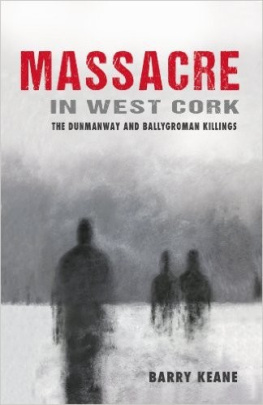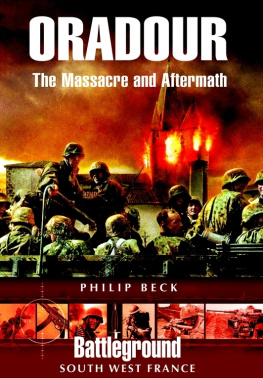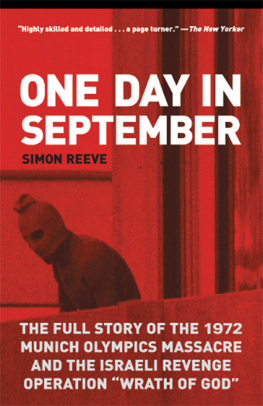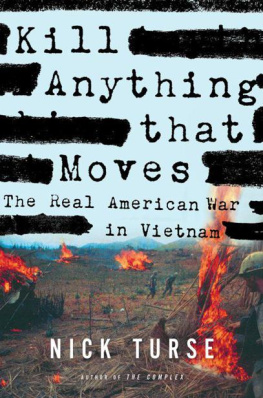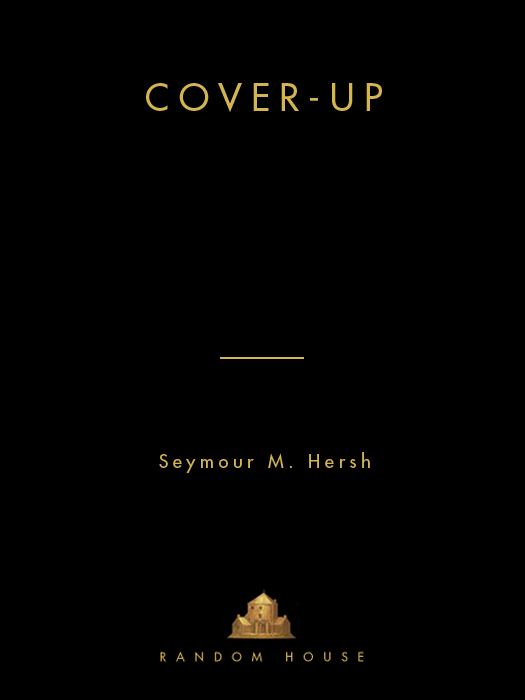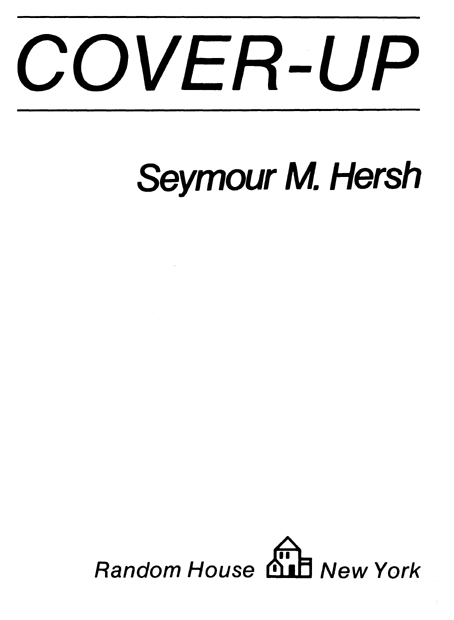Copyright 1972 by Seymour M. Hersh
All rights reserved under International and Pan-American Copyright Conventions. Published in the United States by Random House, Inc., New York, and simultaneously in Canada by Random House of Canada Limited, Toronto.
Library of Congress Cataloging in Publication Data
Hersh, Seymour M.
Cover-up.
Bibliography: p.
1. My lai (4), VietnamMassacre, 1968. 2. Vietnamese Conflict,
1961 Atrocities. I. Title.
DS557.A67H467 959.704342 7937048
eISBN: 978-0-8041-5116-0
A portion of this book appeared originally in The New Yorker.
v3.1
Contents
Preface
T his book is based primarily on the official transcripts and documents of an extended military investigation into the cover-up of My Lai 4. I also added additional information from a variety of other sources and made judgments about some critical points of dispute based on my own personal investigations.
Although it would be impossible not to draw some conclusionsgood or badabout the individuals described herein who were connected with the My Lai 4 investigations, the real focus of this book is elsewhere: in the Army as an institution, which, I believe, made so much of My Lai 4 inevitable.
Most of the officers and enlisted men mentioned are identified by their rank and position at the time of My Lai 4 or the subsequent investigations of it. Since then, of course, many have received promotions or left the service.
I wish to thank Philip M. Stern and James Boyd of the Fund for Investigative Journalism for their support of my initial research into the tragedy. The New Yorker magazine also generously aided my work, and its editor, William Shawn, was especially generous in his understanding, from the beginning, of my purpose in writing this book. Robert Loomis, my editor at Random House, provided his usual invaluable guidance and advice; as did Bertha Krantz, also of Random House. I received professional help and cooperation from the officers assigned to the information offices at the Department of Defense and the Army.
Finally, I am greatly indebted to those officers and civilians who aided me anonymously, in the hope that this book would help force some desperately needed changes.
Seymour M. Hersh
Washington, D.C.
December 17, 1971
1
____________________
Three Hundred
Forty-Seven
E arly on March 16, 1968, a company of Americal Division soldiers was dropped in by helicopter for an assault against a hamlet known as My Lai 4, located in the bitterly contested province of Quang Ngai, on the northeastern coast of South Vietnam. The one hundred GIs and officers stormed the hamlet in military-textbook style, advancing by platoons; the men expected to engage the 48th Viet Cong Battalion there, one of the enemys most successful units, but instead, found women, children, and old menmany of them still cooking their breakfast rice over outdoor fires. During the next few hours the civilians were ruthlessly murdered. Many were rounded up in small groups and shot; others were flung into a drainage ditch at one edge of the hamlet and shot; and many more were shot at random in and about their homes. Some of the younger women and girls were raped, and then murdered. After the shootings the GIs systematically burned each home, destroyed livestock and food, and fouled the areas drinking supplies.
None of this was officially told by the companyCharlie Companyto its task force headquarters; instead, a claim that 128 Viet Cong were killed and three weapons were captured eventually emerged and worked its way up to the highest American headquarters in Saigon, where it was released to the worlds press as a significant victory.
The GIs kept what they had done largely to themselves, but there were other witnesses to the atrocity. The first investigations which followed erroneously concluded that twenty civilians had inadvertently been killed by artillery and heavy crossfire between American and Viet Cong units during the battle. The investigation involved all the immediate elements of the chain of command: the company was attached to Task Force Barker, which in turn reported to the 11th Light Infantry Brigade, which was one of three such units making up the Americal Division.
Task Force Barkers victory remained just another statistic until April, 1969, when an ex-GI named Ronald L. Ridenhour wrote letters to the Pentagon, the White House, other government offices, and twenty-four Congressmen describing the murders at My Lai 4. Ridenhour had not participated in the attack on the hamlet but he had discussed the operation with a few of the GIs who did. Within four months many details of the atrocity had been uncovered by Army investigators, and in September, 1969, a young lieutenant named William L. Calley, Jr., was charged with the murder of 109 Vietnamese civilians. No significant facts about the Calley investigation were made public at the time; instead, the Army released an inaccurate and misleading statement that gave no hint of the number of murders involved in the case. But the facts gradually did emerge, and in mid-November a series of newspaper stories was published partially revealing the extent of the massacre. Subsequent stories told enough about My Lai 4 to create a world-wide outcry. A few weeks after the first newspaper accounts, the Army announced that it had set up a panel to determine what had kept the initial investigations in the spring of 1968 from learning of the atrocity. The panel was officially called The Department of the Army Review of the Preliminary Investigations into the My Lai Incident, unofficially known as the Peers Inquiry, after its director, Lieutenant General William R. Peers. The three-star general, then fifty-six, had spent more than thirty months as a troop commander in Vietnam.
Peers and his team of assistants, which included two New York lawyers, quickly determined that they could not adequately explore the cover-up of the atrocity without finding out more about what had, in fact, happened on the day the troops were at My Lai 4. On December 2, 1969, the investigating team began interrogating officers and enlisted men of the units involvedCharlie Company, Task Force Barker, the 11th Brigade, and the Americal Division. Four hundred and one witnesses were interrogatedabout fifty in South Vietnam, and the rest in a special operations room in the basement of the Pentagon before Peers himself and a panel of military officers and civilians that varied in size between three and eight men. The interrogations inevitably produced much self-serving testimony. To get at the truth, the Peers Panel recalled many witnesses for subsequent interviews and confronted them with conflicting testimony. Only six witnesses before the Panel refused to testify, although all legally could have remained silent; few career military men can appear to be hiding something before a three-star general.
By mid-March the Peers Panel had compiled enough evidence to recommend that charges be placed against fifteen officers; a high-level review subsequently concluded that fourteen of them should be charged, including Major General Samuel W. Koster, who was commanding general of the Americal Division at the time of My Lai 4. By 1970 Koster was superintendent of West Point, the military academy, and the filing of cover-up charges against him stunned the Army. One other general was charged, along with two colonels, two lieutenant colonels, four majors, two captains, and two first lieutenants.


